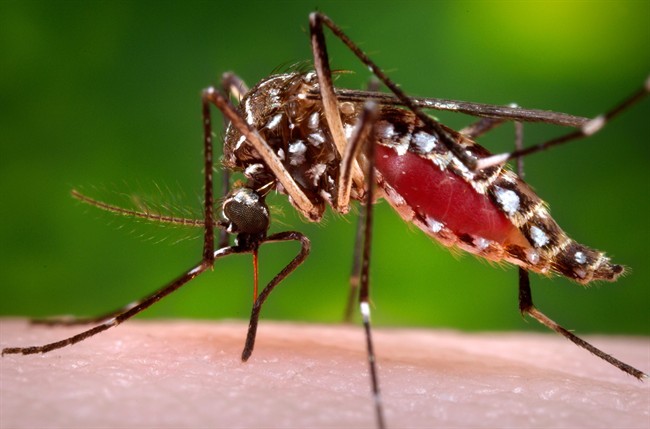As the weather warms, the mosquito that is spreading the Zika virus — Aedes aegypti — “will likely be increasingly abundant across much of the southern and eastern United States,” researchers say.

Weather, travel and poverty may impact Zika virus risk in the United States, according to a study by the National Center for Atmospheric Research (NCAR).
A team of scientists studied the possible timing and location of Zika virus risk in the U.S., and according to disease and mosquito experts the summertime weather is favourable for the mosquito populations to thrive, and that will make certain cities and populations more vulnerable to transmission.
Above image based on data mapped by Olga Wilhelmi, NCAR GIS program. Courtesy NCAR UCAR
“This research can help us anticipate the timing and location of possible Zika virus outbreaks in certain U.S. cities,” said NCAR scientist Andrew Monaghan in a statement.
“While there is much we still don’t know about the dynamics of Zika virus transmission, understanding where the Aedes aegypti mosquito can survive in the U.S. and how its abundance fluctuates seasonally may help guide mosquito control efforts and public health preparedness.”
Although the researchers did not have a specific prediction for this summer, they say the long-range warmer forecast is more suitable for Aedes aegypti.
READ MORE: Canadian travellers: paralyzing disorder cases spike in Zika affected countries
During the study researchers looked at a variety of factors including climate, poverty and air travel to identify the cities at greatest risk. Two computer models looked at the effects of meteorological conditions on a mosquito’s entire lifecycle “in 50 cities in or near the known range of the species.” Several of the researchers have studied Aedes aegypti for years so have prior knowledge of existence and location in the U.S.
More from NCAR on the study:
- By analyzing travel patterns from countries and territories with Zika outbreaks, the research team further concluded that cities in southern Florida and impoverished areas in southern Texas may be particularly vulnerable to local virus transmission.
- The study results show that, as springtime weather warms, the potential abundance of the mosquito begins to increase in April in the Southeast and some Arizona cities. By June, nearly all of the 50 cities studied have the potential for at least low-to-moderate abundance, and most eastern cities are suitable for moderate-to-high abundance. Conditions become most suitable for mosquito populations in July, August, and September, although the peak times vary by city. Weather conditions in southern and western cities remain suitable as late as November.
- Generally, the mosquitoes need warm and relatively stable temperatures, as well as water-filled containers such as buckets, barrels, or tires, for their eggs to hatch. Once a mosquito bites an infected person, it also needs to live long enough – probably a week or more, depending on ambient temperatures – for the virus to travel from the mosquito’s mid-gut to its salivary glands. Once in the saliva, the virus can then be transmitted by the mosquito biting another person.
The full study was published in PLOS Current Outbreaks.






Comments